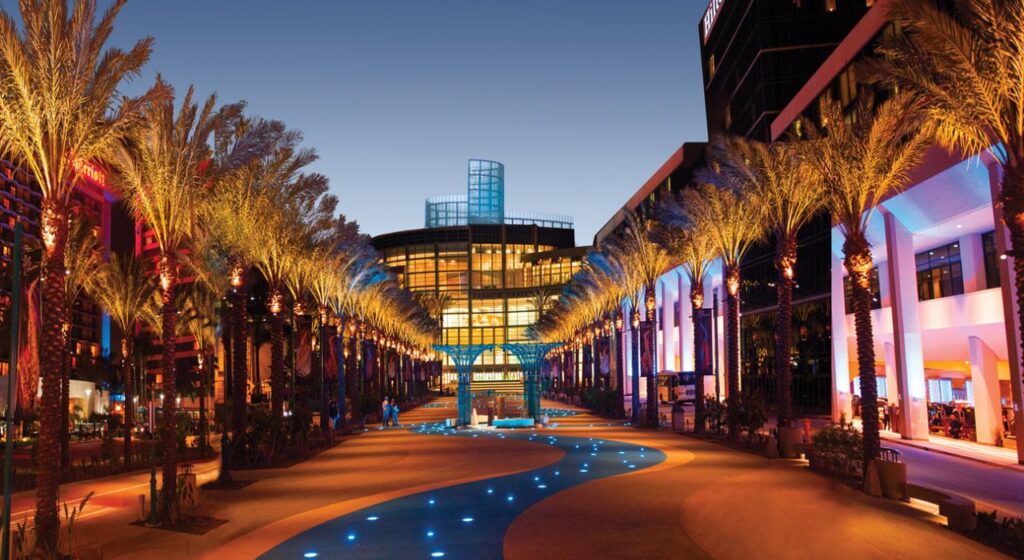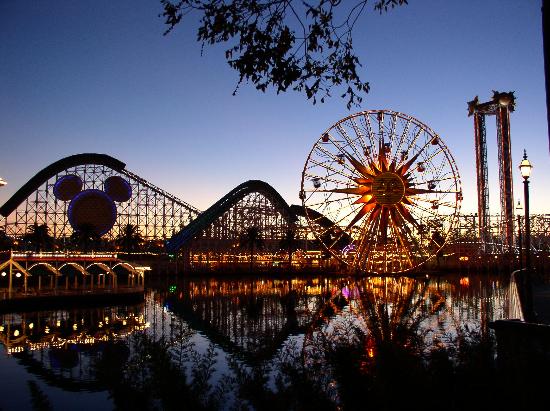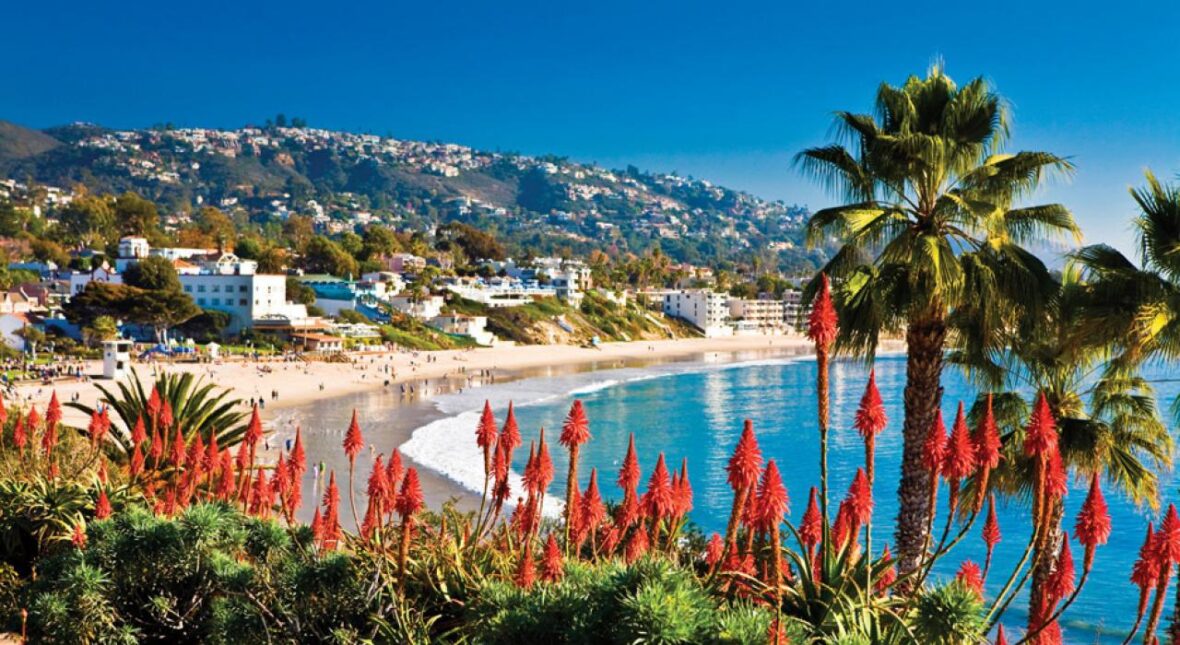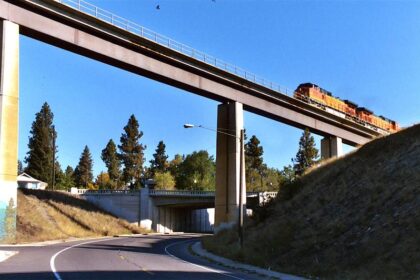Anaheim is a city in Orange County, California, part of the Los Angeles metropolitan area. Take a look below for 30 bizarre and awesome facts about Anaheim, California, United States.
1. As of the 2020 United States Census, the city had a population of 346,824, making it the most populous city in Orange County, the 10th-most populous city in California, and the 56th-most populous city in the United States.
2. Anaheim is the second-largest city in Orange County in terms of land area, and is known for being the home of the Disneyland Resort, the Anaheim Convention Center, and two major sports teams: the Anaheim Ducks ice hockey club and the Los Angeles Angels baseball team.
3. Anaheim was founded by fifty German families in 1857 and incorporated as the second city in Los Angeles County on March 18, 1876; Orange County was split off from Los Angeles County in 1889.
4. Anaheim remained largely an agricultural community until Disneyland opened in 1955.
5. This led to the construction of several hotels and motels around the area, and residential districts in Anaheim soon followed.
6. The city also developed into an industrial center, producing electronics, aircraft parts and canned fruit. Anaheim is a charter city.
7. Anaheim’s city limits extend almost the full width of Orange County, from Cypress in the west, twenty miles east to the Riverside County line, encompassing a diverse range of neighborhoods.
8. In the west, mid-20th-century tract houses predominate. Downtown Anaheim has three mixed-use historic districts, the largest of which is the Anaheim Colony.
9. South of downtown, a center of commercial activity of regional importance begins, the Anaheim–Santa Ana edge city, which stretches east and south into the cities of Orange, Santa Ana and Garden Grove.
10. This edge city includes the Disneyland Resort, with two theme parks, multiple hotels, and its retail district; Disney is part of the larger Anaheim Resort district with numerous other hotels and retail complexes.

11. The Platinum Triangle, a neo-urban redevelopment district surrounding Angel Stadium, which is planned to be populated with mixed-use streets and high-rises.
12. Further east, Anaheim Canyon is an industrial district north of the Riverside Freeway and east of the Orange Freeway. The city’s eastern third consists of Anaheim Hills, a community built to a master plan, and open land east of the Route 241 tollway.
13. Anaheim’s name is a blend of Ana, after the nearby Santa Ana River, and German -heim meaning “home”, which is also a common Germanic place name compound (compare Trondheim in Norway and many place names in Germany).
14. The area that makes up modern-day Anaheim, along with Placentia and Fullerton, were part of the Rancho San Juan Cajón de Santa Ana, a Mexican-era rancho grant, given to Juan Pacífico Ontiveros in 1837 by Juan Bautista Alvarado, then Governor of Alta California.
15. Following the American Conquest of California, the rancho was patented to Ontiveros by Public Land Commission.
16. In 1857, Ontiveros sold 1,160 acres (out of his more than 35,000 acre estate) to 50 German-American families for the founding of Anaheim.
17. The city of Anaheim was founded in 1857 by 50 German-Americans who were residents of San Francisco and whose families had originated in Rothenburg ob der Tauber, Franconia in Bavaria.
18. After traveling through the state looking for a suitable area to grow grapes, the group decided to purchase a 1,165 acres (4.71 km2) parcel from Juan Pacífico Ontiveros’ large Rancho San Juan Cajón de Santa Ana in present-day Orange County for $2 per acre.
19. For $750 a share, the group formed the Anaheim Vineyard Company headed by George Hansen. Their new community was named Annaheim, meaning “home by the Santa Ana River” in German. The name later was altered to Anaheim. To the Spanish-speaking neighbors, the settlement was known as Campo Alemán (English: German Field).
20. Although grape and wine-making was their primary objective, the majority of the 50 settlers were mechanics, carpenters and craftsmen with no experience in wine-making.

21. The community set aside 40 acres (16 ha) for a town center and a school was the first building erected there. The first home was built in 1857, the Anaheim Gazette newspaper was established in 1870 and a hotel in 1871. The census of 1870 reported a population of 565 for the Anaheim district. For 25 years, the area was the largest wine producer in California. However, in 1884, a disease infected the grape vines and by the following year the entire industry was destroyed. Other crops – walnuts, lemons and oranges – soon filled the void.
22. Fruits and vegetables had become viable cash crops when the Los Angeles – Orange County region was connected to the continental railroad
23. Polish actress Helena Modjeska settled in Anaheim with her husband and various friends, among them Henryk Sienkiewicz, Julian Sypniewski and Łucjan Paprocki. While living in Anaheim, Helena Modjeska became good friends with Clementine Langenberger, the second wife of August Langenberger.
24. Helena Street and Clementine Street are named after these two ladies, and the streets are located adjacent to each other as a symbol of the strong friendship which Helena Modjeska and Clementine Lagenberger shared. Modjeska Park in West Anaheim, is also named after Helena Modjeska.
25. In 2001, Disney’s California Adventure (renamed Disney California Adventure Park in 2010), the most expansive project in Disneyland’s history, opened to the public.
26. In 2007, Anaheim celebrated its sesquicentennial.
27. In July 2012, political protests by Hispanic residents occurred following the fatal shooting of two men, the first of whom was unarmed.
28. Protesting occurred in the area between State College and East Street, and was motivated by concerns over police brutality, gang activity, domination of the city by commercial interests, and a perceived lack of political representation of Hispanic residents in the city government.
29. The protests were accompanied by looting of businesses and homes.
30. Anaheim has two private universities: Anaheim University and Southern California Institute of Technology (SCIT).




